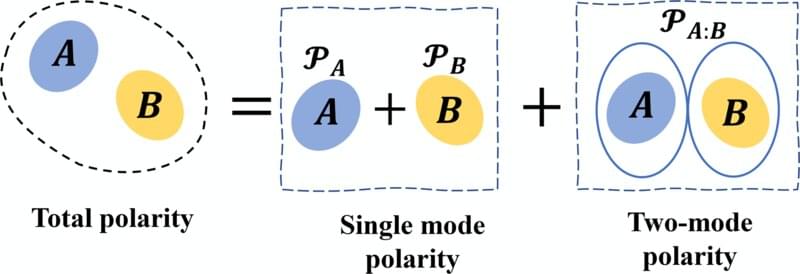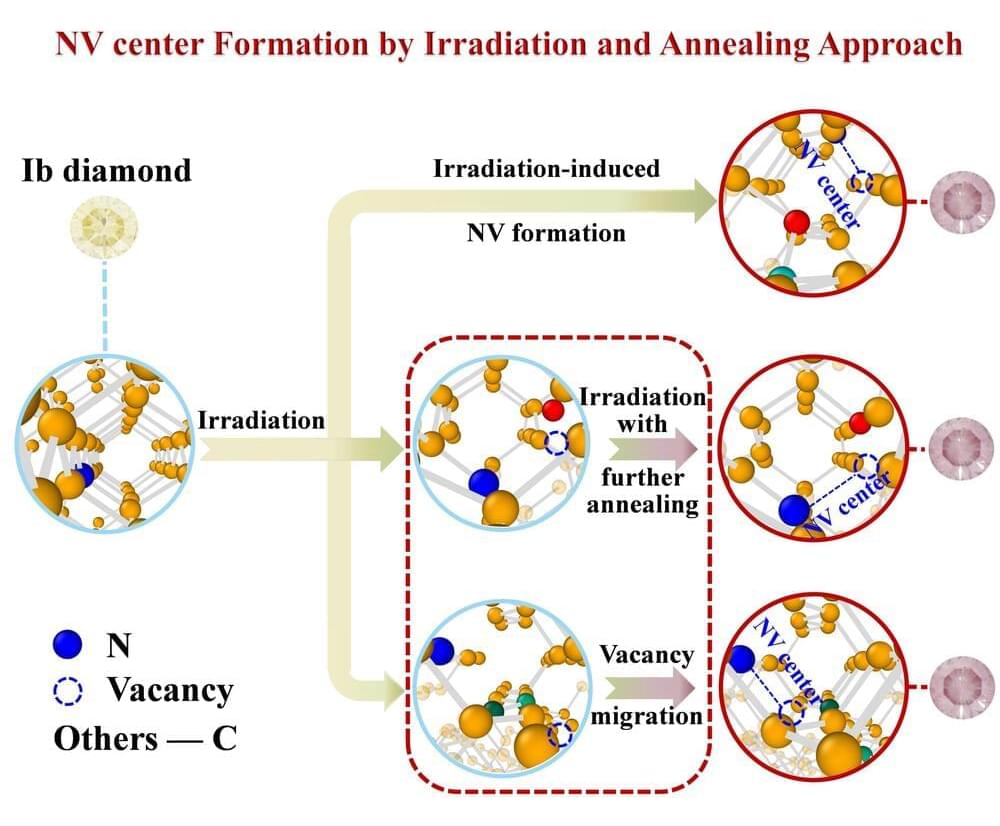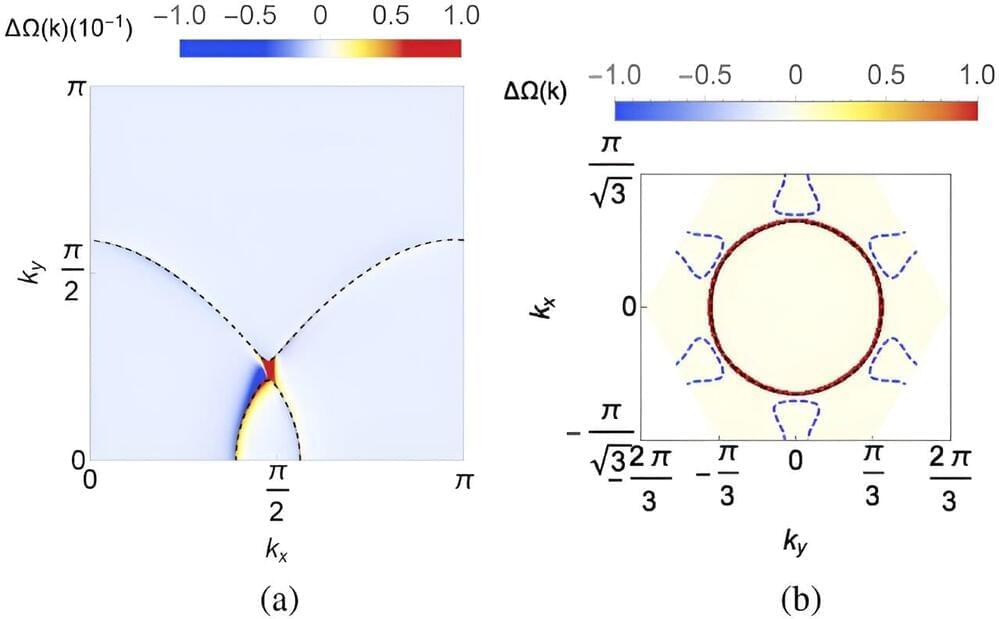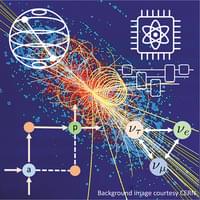The foundation of nearly all quantum information applications—such as computation and communication—rely on the quantum properties of superposition and entanglement.



Research teams from Wuhan University and the China University of Geosciences (Wuhan) have revealed new insights into the formation mechanism of nitrogen-vacancies (NV) centers in type-Ib diamonds, a phenomenon critical to quantum sensing and computing advancements. Using a novel irradiation and annealing method, the teams demonstrated how controlled temperature and orientation can significantly increase the density and depth of NV centers, paving the way for new applications in biological imaging and quantum technologies.


Researchers from the University of Pisa developed a quantum subroutine to improve matrix multiplication for AI and machine learning applications.
When you multiply two large matrices—this is a common task in fields like machine learning, but it can be time-consuming, even for powerful computers…
In a recent study published in IEEE Access, a team of researchers from the University of Pisa introduced a quantum subroutine designed to streamline matrix multiplication. This subroutine is a new feature in the toolbox of matrix multiplication that could improve computational efficiency, particularly in applications like machine learning and data processing.
It’s A Matrix World And We’re Just Living In It
As noted by the study, Matrix multiplication is a central operation in fields such as machine learning, scientific computing, and computer vision due to its role in handling large datasets, training algorithms, and solving complex equations. In machine learning, matrix multiplication is used for operations such as transforming input data, training neural networks, and calculating gradients in optimization tasks. In scientific computing, it helps solve systems of linear equations and performs data compression, while in computer vision, it supports image processing tasks such as filtering and transformations.

Google has built a quantum computer that makes fewer errors as it is scaled up, and this may pave the way for machines that could solve useful real-world problems for the first time.

Quantum Teleportation Over 44 Kilometers Achieved, Paving the Way for a Quantum Internet Revolution
A team from Fermilab and the University of Calgary has achieved long-distance quantum teleportation over 44 kilometers, setting a new record. This breakthrough, detailed in Physical Review, advances the goal of creating a quantum internet—where qubits can be shared instantly through entanglement. This new capability could revolutionize data storage, precision sensing, and computing. The research demonstrates the potential for scaling up quantum systems and contributes to developing a blueprint for a national quantum internet. The previous record was only six kilometers, highlighting the significant progress made.


A new study led by Rice University’s Qimiao Si has unveiled a new class of quantum critical metal, shedding light on the intricate interactions of electrons within quantum materials. Published in Physical Review Letters on Sept. 6, the research explores the effects of Kondo coupling and chiral spin liquids within specific lattice structures.

